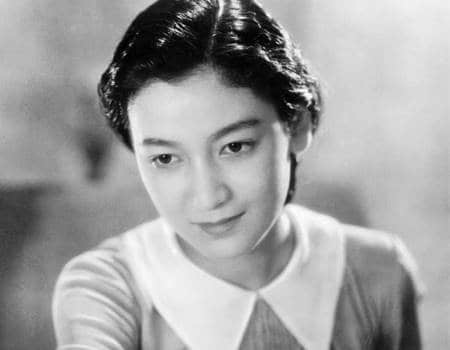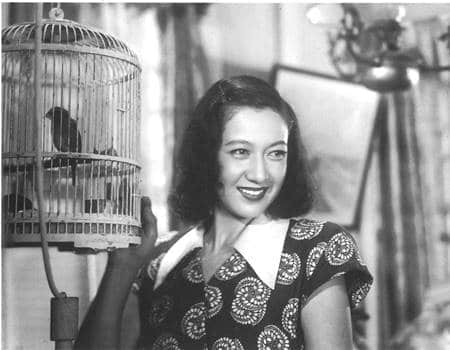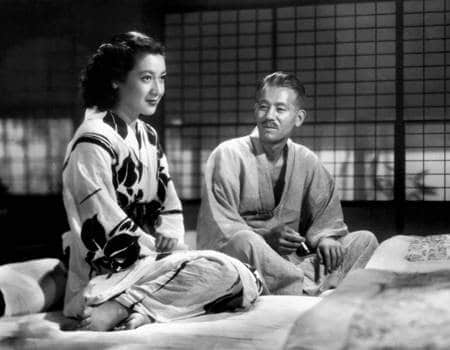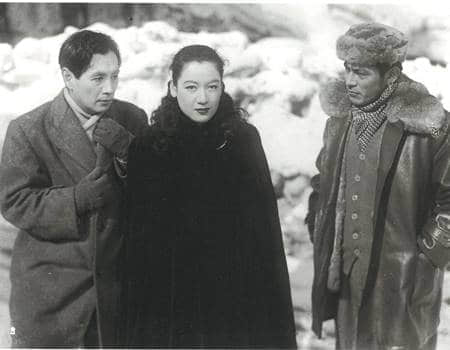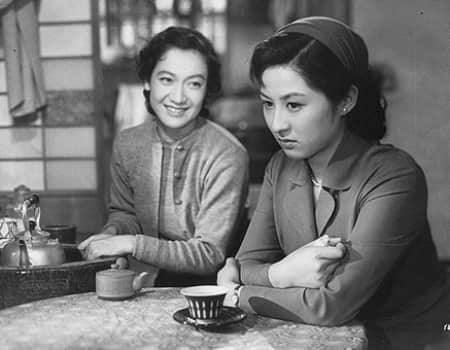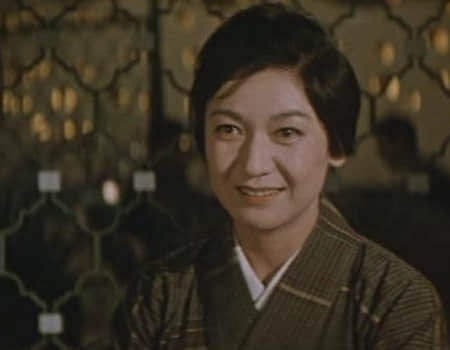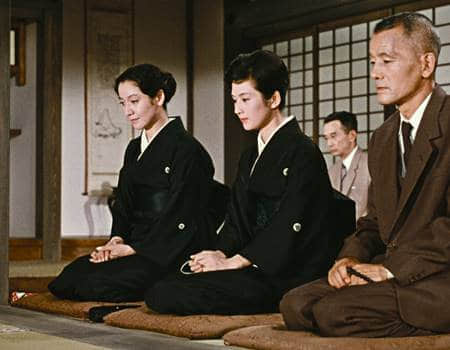Programme
Hara Setsuko Forever, Part II
Two years after Hara Setsuko (1920-2015) passed away, the world still forgets not her luminous smiles – smiles radiating out of genuine love, smiles attempting to hide sadness, and smiles that remind us of the golden era of post-war Japanese cinema.
Japan’s best-loved actress, Hara embodies the virtues of the traditional Japanese woman: loyal, composed, bearing an aura of mesmerizing grandeur. Renowned for her collaborations with Ozu Yasujiro, she is a dutiful daughter reluctant to leave her widowed father in Late Spring (1949); a devoted widow taking care of her ageing parentsin- law in Tokyo Story (1953); and a mother sacrificing for her daughter’s happiness in Late Autumn (1960). In the sublime tranquility of Ozu’s films, she represented the ideal form of female. Revered novelist Endo Shusaku once wrote of her: “We would sigh or let out a great breath from the depths of our hearts, for what we felt was precisely this: Can it be possible that there is such a woman in this world?”
Beyond her di v ine beauty and charm, her inner depth and strength had also manifested themselves. Renowned directors such as Kurosawa Akira, Kinoshita Keisuke and Imai Tadashi, each recognized different qualities in her. In The Ball at the Anjo House (1947), she established herself as the archetype of the post-war “new” woman – intelligent, independent, looking forward to a bright future. As a wife under Naruse Mikio’s camera, she showed quiet resistance against the greater world, refusing submission to an uncommitted husband, or allowing herself to take pleasure in the company of her young suitor.
Called the Garbo of Japan, Hara shared the exquisite beauty and mysterious spiritual quality. She completely disengaged herself from the film industry at her peak after finishing her final film Chushingura in 1962, and led a secluded life in Kamakura, never got married.
In one of her admired performances, someone asked her, “Isn’t life disappointing?”, she replied, “Yes, it is,” and smiled at the camera. It is this smile, enigmatic and compassionate, that gives us the strength to go on with our lives.
